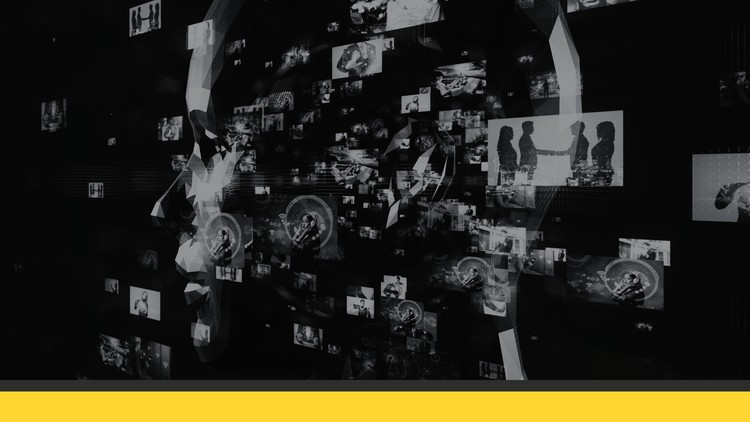Certification in Machine Learning and Deep Learning
Learn Data Cleaning and Preprocessing, Regression, Clustering, DL Techniques, Deployment & Model Management, Ethical AI
4.33 (23 reviews)

1 044
students
12 hours
content
Jun 2024
last update
$19.99
regular price
Why take this course?
-
Supervised vs. Unsupervised Learning:
- Supervised Learning involves training a model on labeled data, where the input data is paired with the correct output. The goal is to learn a mapping from inputs to outputs that generalizes well to unseen data. It's called "supervised" because the model is guided (supervised) by labels or targets during the learning process.
- Unsupervised Learning deals with input data without explicit instructions on what to do with it. The system tries to learn the patterns and structure from the data without any supervision, which means there are no labels or predefined answers that indicate correct outcomes.
-
Padding and Strides in CNN:
- Padding in Convolutional Neural Networks (CNNs) refers to the process of adding layers of zeros around the border of input images to ensure that the convolution operation does not reduce the size of the spatial dimensions during the training process. Padding can be 'valid' (no padding) or 'same' (padding added to maintain output volume size).
- Strided Convolutions are a variation where the filter slides over the input image at a certain stride length, meaning it moves by one or more pixels after each application. This can reduce the spatial dimensions of the output and increase the field of view for each filter.
-
Transformer:
- A Transformer is a type of neural network architecture that has become the foundation for many state-of-the-art models in natural language processing (NLP). It was introduced in the paper "Attention Is All You Need" by Vaswani et al. in 2017.
- The key innovation behind the Transformer is the attention mechanism, which allows the model to weigh the importance of different parts of the input data differently. This mechanism enables the model to focus on specific aspects of the input sequentially, rather than processing all inputs simultaneously as previous models like RNNs and LSTMs did.
- A Pre-trained Model is a model that has been trained on a large dataset before being fine-tuned for a particular task. This pre-training allows the model to learn general features from the data, which can then be adapted to specific tasks with relatively less data. BERT (Bidirectional Encoder Representations from Transformers) and GPT (Generative Pretrained Transformer) are examples of pre-trained transformer models that have been fine-tuned for various NLP tasks.
These concepts are fundamental in the field of machine learning and deep learning, and understanding them is crucial for anyone looking to work in this area or complete a capstone project involving these technologies.
Loading charts...
6009450
udemy ID
05/06/2024
course created date
10/06/2024
course indexed date
Bot
course submited by